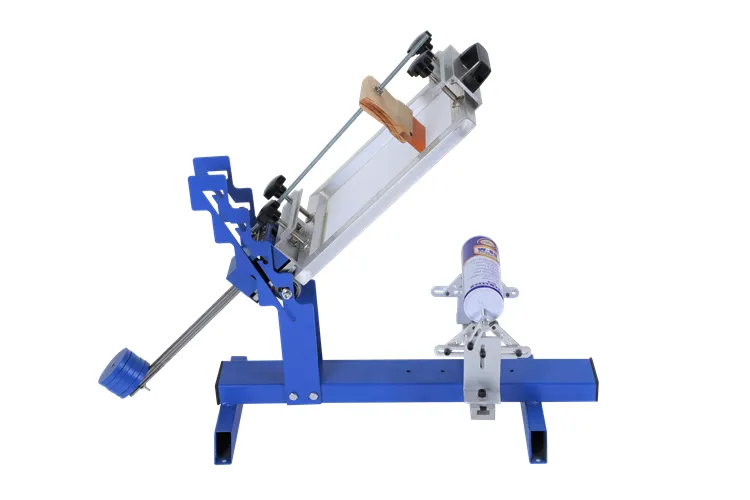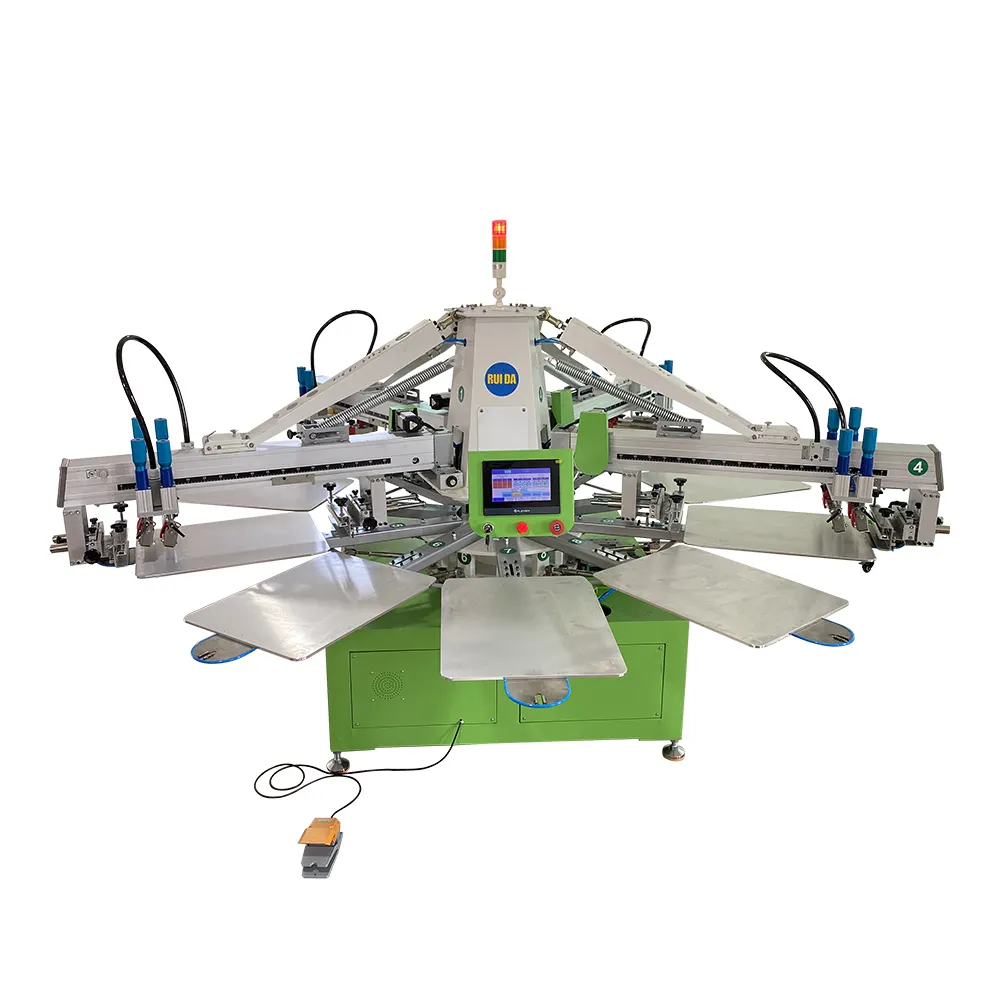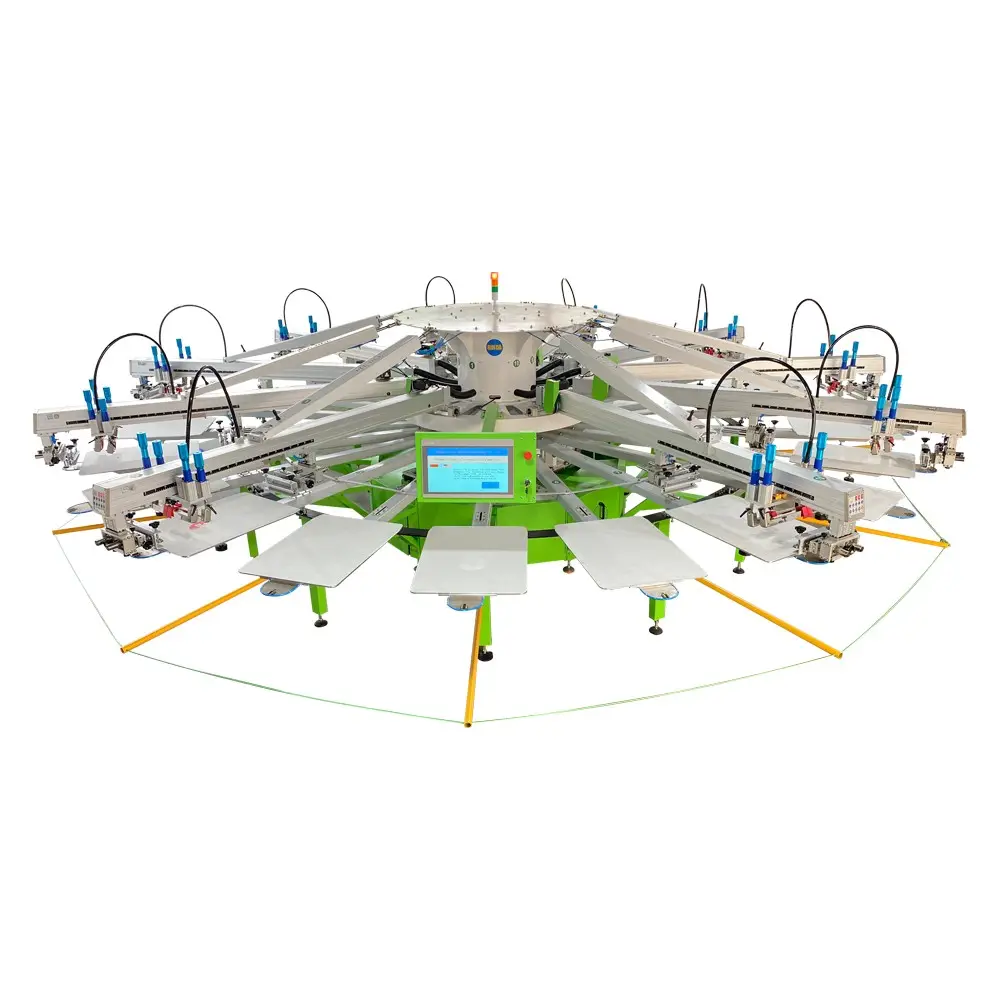manual screen printing machine price
Manual screen printing machine prices vary significantly based on their features, build quality, and production capabilities. These essential printing tools typically range from $200 to $2,000 for professional-grade equipment. Entry-level machines, perfect for beginners or small businesses, usually cost between $200 and $500, offering basic functionality with single-color printing capabilities and standard print areas. Mid-range models, priced from $500 to $1,000, often include enhanced features such as micro-registration adjustments, larger print areas, and improved build quality for consistent results. Professional-grade manual screen printing machines, ranging from $1,000 to $2,000, provide superior precision, durability, and advanced features like multi-color registration systems and heavy-duty construction. These machines commonly feature adjustable spring tension, precise alignment mechanisms, and robust steel frames that ensure long-term reliability. The price typically reflects the machine's printing capacity, with higher-end models capable of handling larger production volumes and offering better registration accuracy for multi-color designs. When considering the price, it's essential to factor in additional costs such as screens, squeegees, and other necessary accessories that complete the printing setup.


